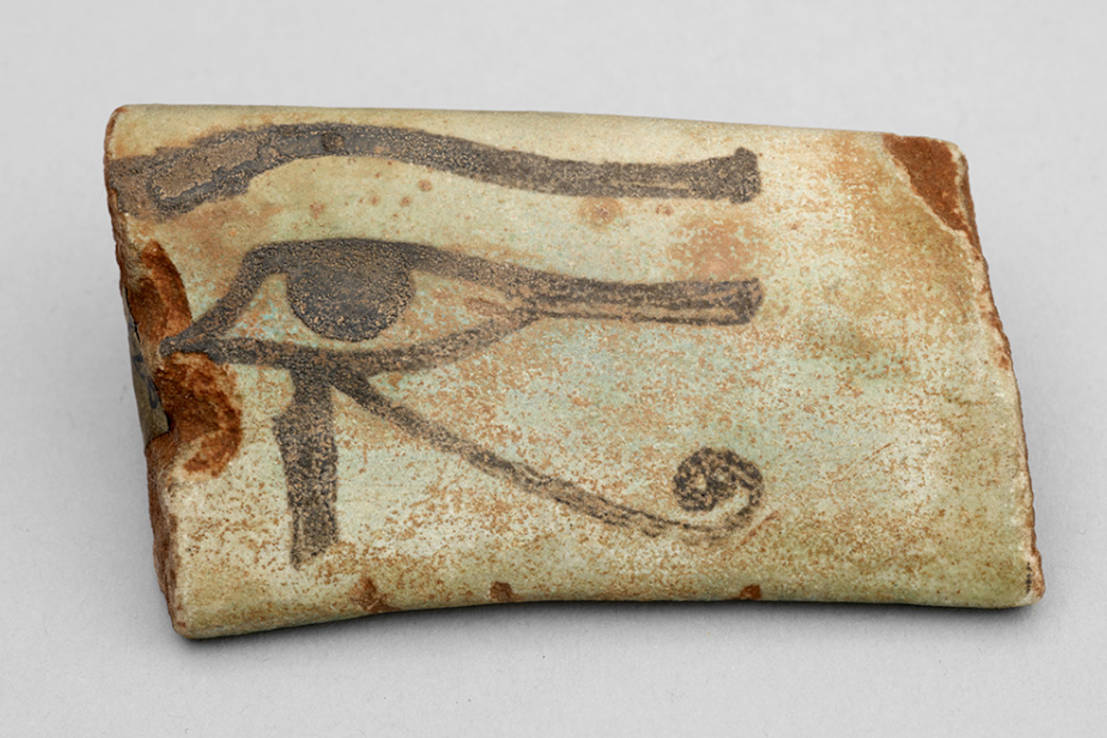
in 한국어 / Korean translated by Jin
This object has been translated into 12 different languages by 15 different users
이것은우제트의눈으로도불리는호루스의눈으로, 고대이집트에서보호의상징으로널리사용되었습니다. 호루스신은매의형상으로표현됩니다. 고대이집트신화에서호루스는아버지오시리스를죽인라이벌세트와의싸움에서한쪽눈을잃었습니다. 그눈은나중에토트신에의해회복되었고온전함또는건강함을의미하는우제트가되었습니다.
호루스의눈은특히죽은자를보호하는상징으로서이집트고왕국시대부터로마시대에이르기까지약3000년동안널리쓰였습니다. 또한가나안, 시리아, 누비아와같은인접문화에서도사용되었습니다.
여러분에게는행운이나보호를위해간직하고있는물건이있나요?
Do you have something you’d like to say, in your own language or English, about the object or translation? We’d like to hear what you think.
Translations are community-sourced and for anyone to participate in, however you use your language. For more information, see Community Guidelines.
23 Sep, 2023
Italians, especially in southern Italy, are well known for their attachment to superstition. Therefore, it is not surprising that good-luck charms are particularly popular. Arguably, the most popular amulet is the “cornicello” or “cornetto” (meaning “little horn”). The amulet is believed to protect against “malocchio” (“evil eye”), and it is commonly found in the Italian regions of Campania, Lazio, Puglia, and Basilicata.
The cornetto is in the shape of a horn, and it can be made from metal, but it is most commonly red in colour. This makes them look very similar to chilli pepper, but it is meant to represent an eland horn. The cornetto finds its origin in Greek and Roman mythology as it is linked to another common symbol: the cornucopia. The cornucopia, also known as the “horn of plenty” is a symbol of abundance and it is commonly illustrated as a large horn-shaped container overflowing with fruits and flowers. Similarly, the cornetto is also associated with abundance and fertility and remains one of the most common Italian symbols of protection. If you ever go to Naples, you can be certain to see at least one cornetto be worn as jewellery, hung from the rearview mirrors of a car, or kept in a house for decor and good luck.